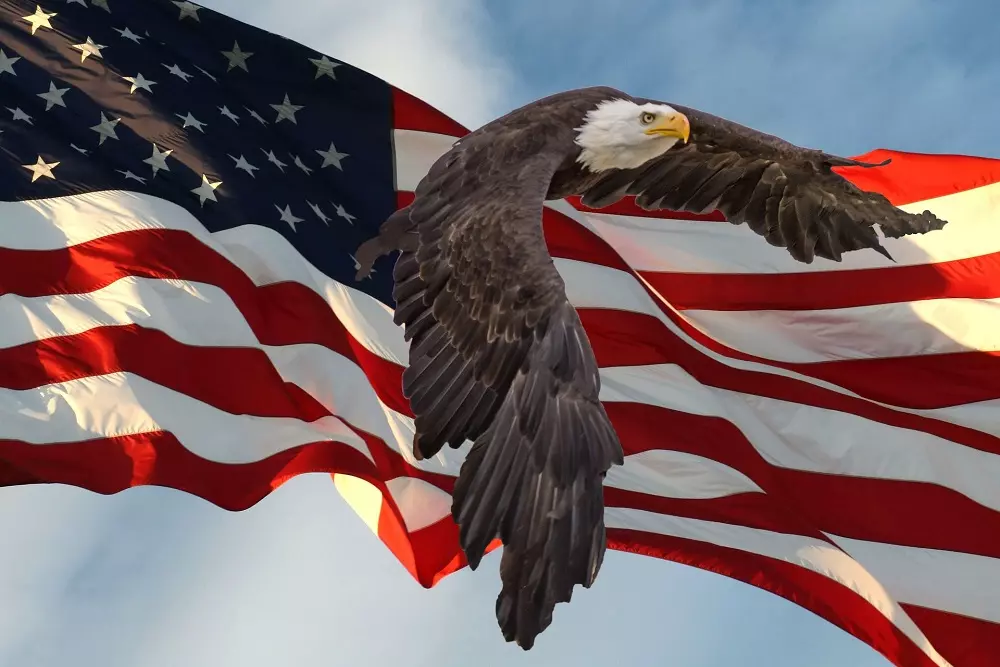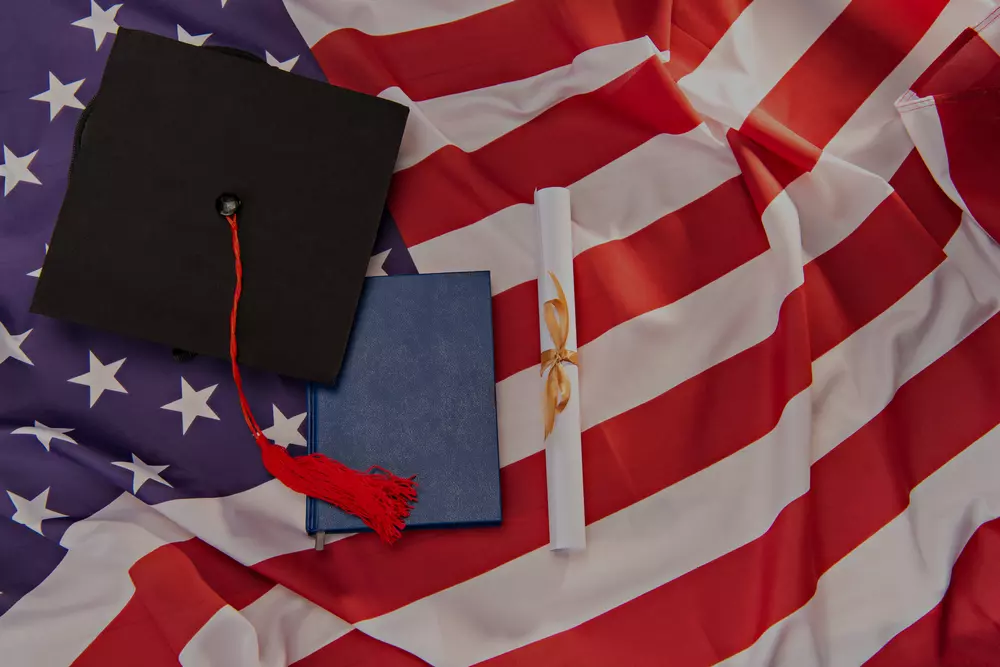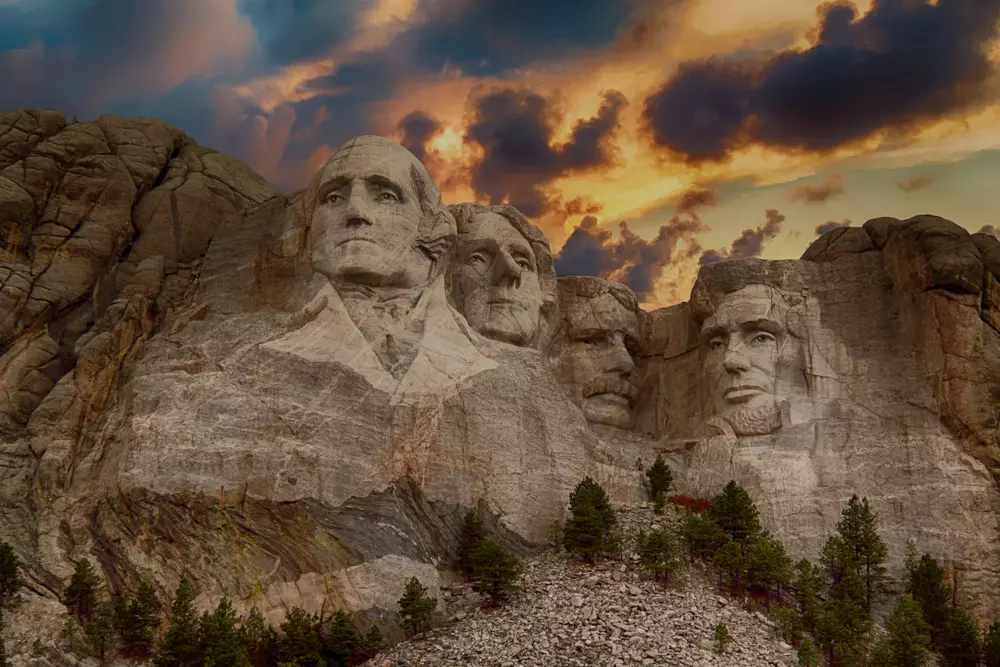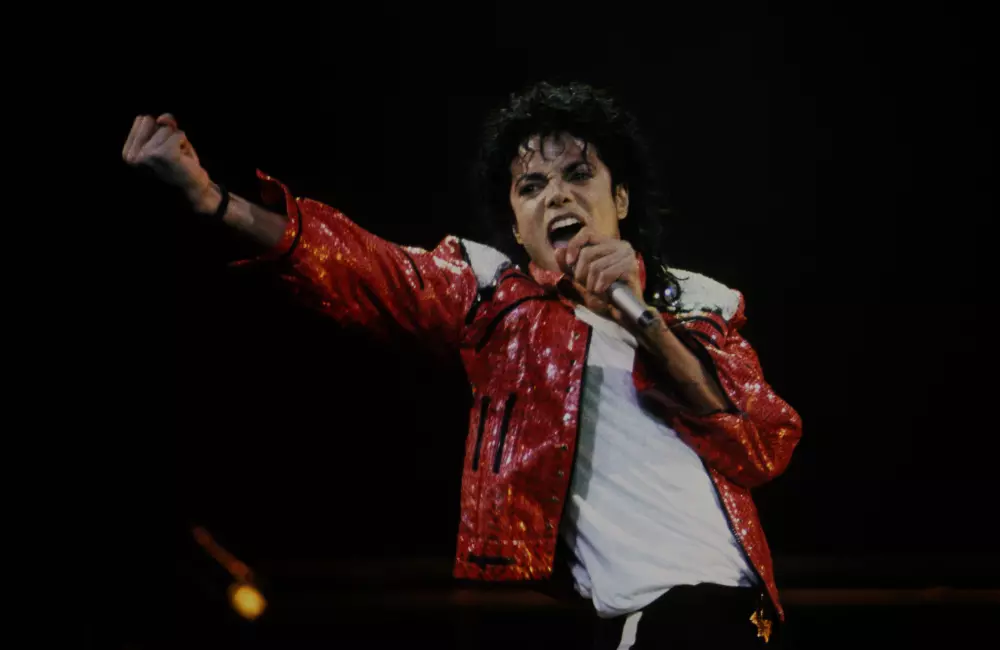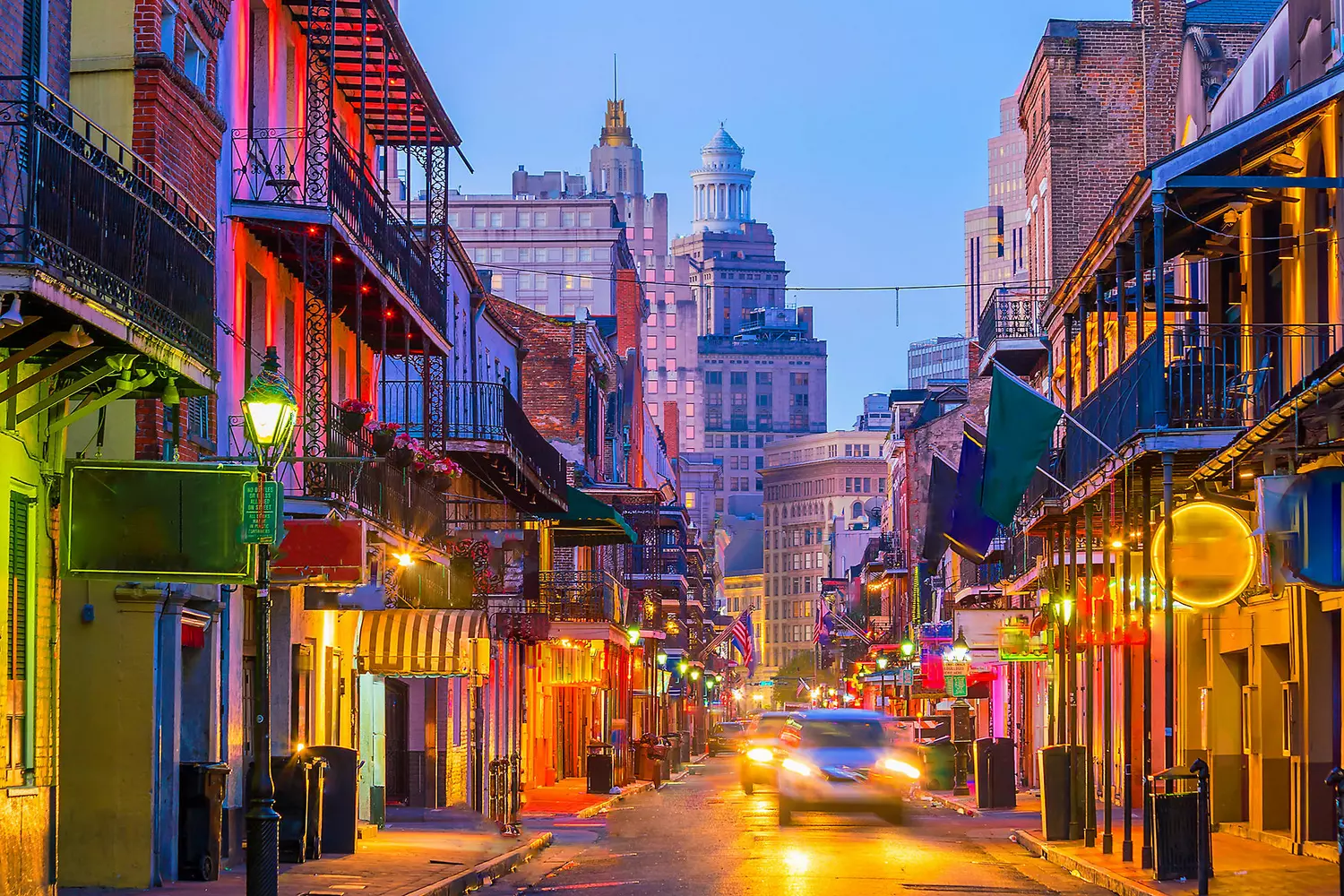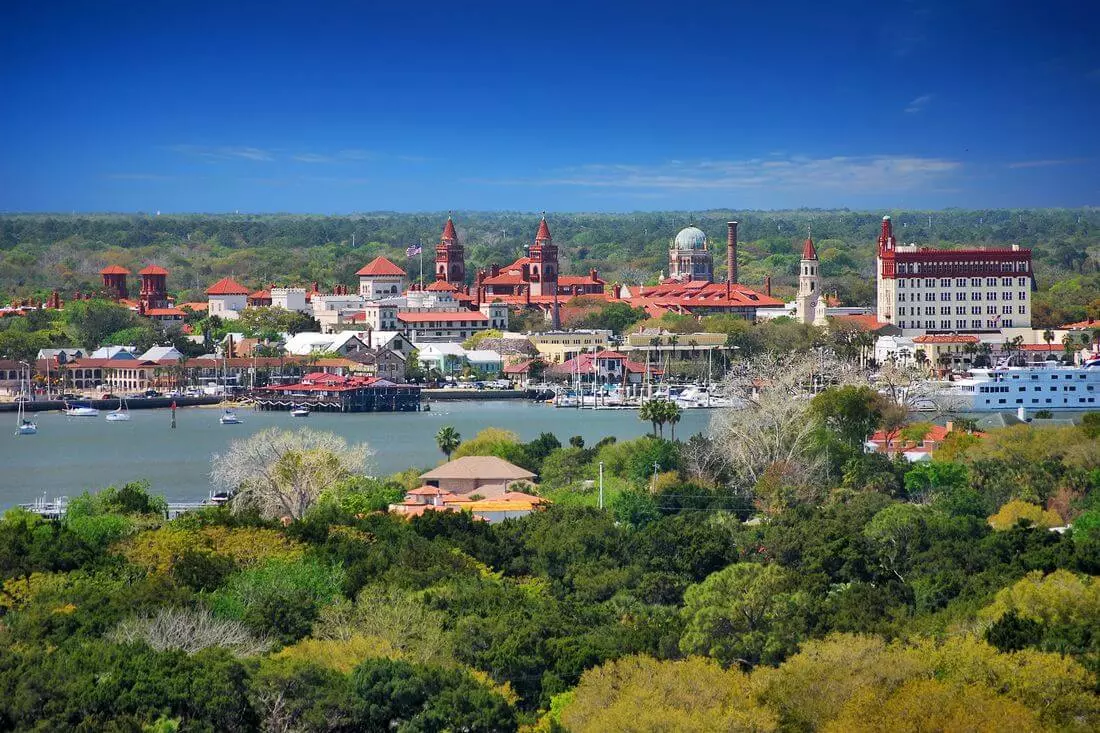The history of slavery in the USA is not just a page from the past; it is the roots from which modern America grew. It is one of the most painful and tragic periods that shaped the country, its internal conflicts, and the ongoing struggle for equality. Slavery didn’t just exist — it became the foundation of an entire economic model, ideology, and cultural paradigm, leaving a mark on the nation’s consciousness.
Today, when we hear about racial conflicts, social inequality, or human rights movements, the roots of all these phenomena often trace back to the times of slavery. Understanding this stage of history helps not only to make sense of the past but also to understand why many issues remain relevant today.
Slavery left a deep impact on the culture, politics, economy, and social structure of the country. In this article, we will explore how it all began, why slavery became so widespread, how the fight for its abolition unfolded, and what consequences we still see today.
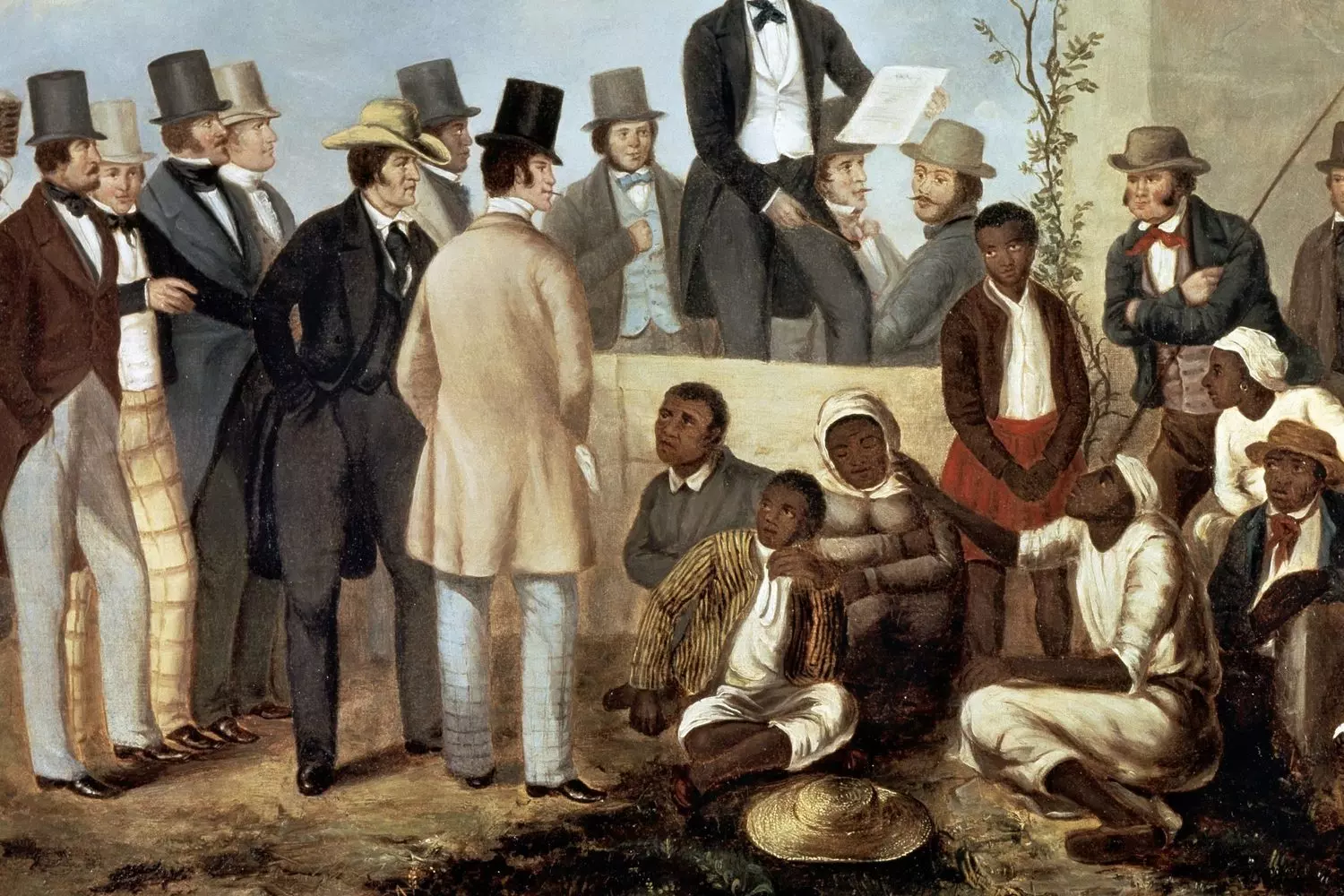
"If slavery is not wrong, then nothing is wrong. No one dares to defend it without first twisting the meaning of words." — Abraham Lincoln
How slavery came to America?
The origins of slavery in the USA go back to the early 17th century. In 1619, the first group of Africans arrived in Virginia, who were formally brought not as slaves, but as indentured servants. These were 20 men who had been intercepted by English traders from the Portuguese and sold in Jamestown. They were supposed to work for a set period, as poor Europeans did, but they essentially became the first slaves in the New World.
However, the situation quickly changed. Southern planters realized that the system of free labor gave them a tremendous competitive advantage. Gradually, temporary contracts were replaced with lifelong slavery, especially with regard to people of African descent. By the mid-17th century, slavery had become an integral part of the agricultural economy of the Southern states.
From the 1660s onward, laws began to be passed in English colonies that enshrined the racial nature of slavery. Africans and their descendants became lifetime slaves, passed down through inheritance. These laws also determined the status of children: those born to enslaved mothers were automatically considered slaves, regardless of the father's status. This system established a foundation where people were treated as property based on the color of their skin.
Reasons for the spread of slavery
- Warm and humid Southern climate
The Southern colonies had ideal conditions for growing crops like cotton, tobacco, sugar cane, and rice. These crops required vast areas of land and constant manual labor. Without cheap labor on such a scale, plantation development would have been impossible. - High demand for agricultural products in Europe
In the 18th and 19th centuries, cotton became one of the most important export goods of the USA. It was especially valued in England, where the textile industry was rapidly developing. This made slave labor not only profitable but almost indispensable in global trade. - Severe shortage of cheap labor
European immigrants arriving in America preferred to settle in the North, engage in crafts, or cultivate their own land. In the South, it quickly became clear that without a steady influx of cheap labor — preferably free — the economy could not grow. - Low level of mechanization
At that time, almost all agricultural work was done by hand. Machines were primitive or nonexistent. In such conditions, the widespread use of slaves seemed economically logical.
How the system of slavery developed
Over time, slavery in the Southern states of the USA became an integral part of the social and economic structure. Slaves were not just laborers — they were considered property. They could be bought, sold, given as gifts, used as collateral, and even passed down through inheritance. On slave markets, people were valued like goods, based on age, physical strength, health, and skills. This attitude was solidified by law: special codes were created — so-called "Black Codes" — which regulated the lives of slaves in minute detail. What was forbidden to slaves:
- Learning to read and write (a literate slave could read subversive ideas);
- Marrying without the owner’s permission (marriages had no legal standing);
- Traveling without written permission or escort;
- Expressing dissatisfaction, arguing, or raising their voice to a white person;
- Owning property or earning money for themselves.
Slavery became increasingly brutal as resistance grew. The fear of uprisings led the white population to intensify control, introduce harsher punishments, and instill terror. Attempts to escape were punished by whipping, branding, mutilation, or execution. Despite this, the spirit of freedom lived on: escaped slaves formed secret settlements — "maroon communities" — and the bravest led rebellions.
One of the most famous uprisings was Nat Turner's rebellion in 1831 in Virginia. He and his followers killed more than 50 whites, mostly slave owners. The rebellion caused panic among planters and led to even harsher repression. Thousands of African Americans were arrested, and dozens executed — sometimes without trial. This event forever entered American history as a symbol of resistance and a reminder that no chains can hold back the desire for freedom.
But Turner's rebellion was not the only example of protest. As early as 1739, the Stono Rebellion took place in South Carolina — one of the largest uprisings during the colonial period. About 20 armed slaves killed several whites and tried to reach Spanish Florida, where freedom was promised to them. They were quickly suppressed, but the fear remained.
In 1811, the German Coast Uprising occurred in present-day Louisiana. It was the largest slave rebellion in U.S. history, involving about 500 people. Although it was also suppressed, it sent a strong signal to the South.
Each of these uprisings, even if unsuccessful, strengthened the ideas of freedom and equality. They showed that even under the harshest conditions, people were willing to risk their lives for freedom. The struggle did not subside — it evolved, transforming into forms that later became the foundation of the abolitionist movement.
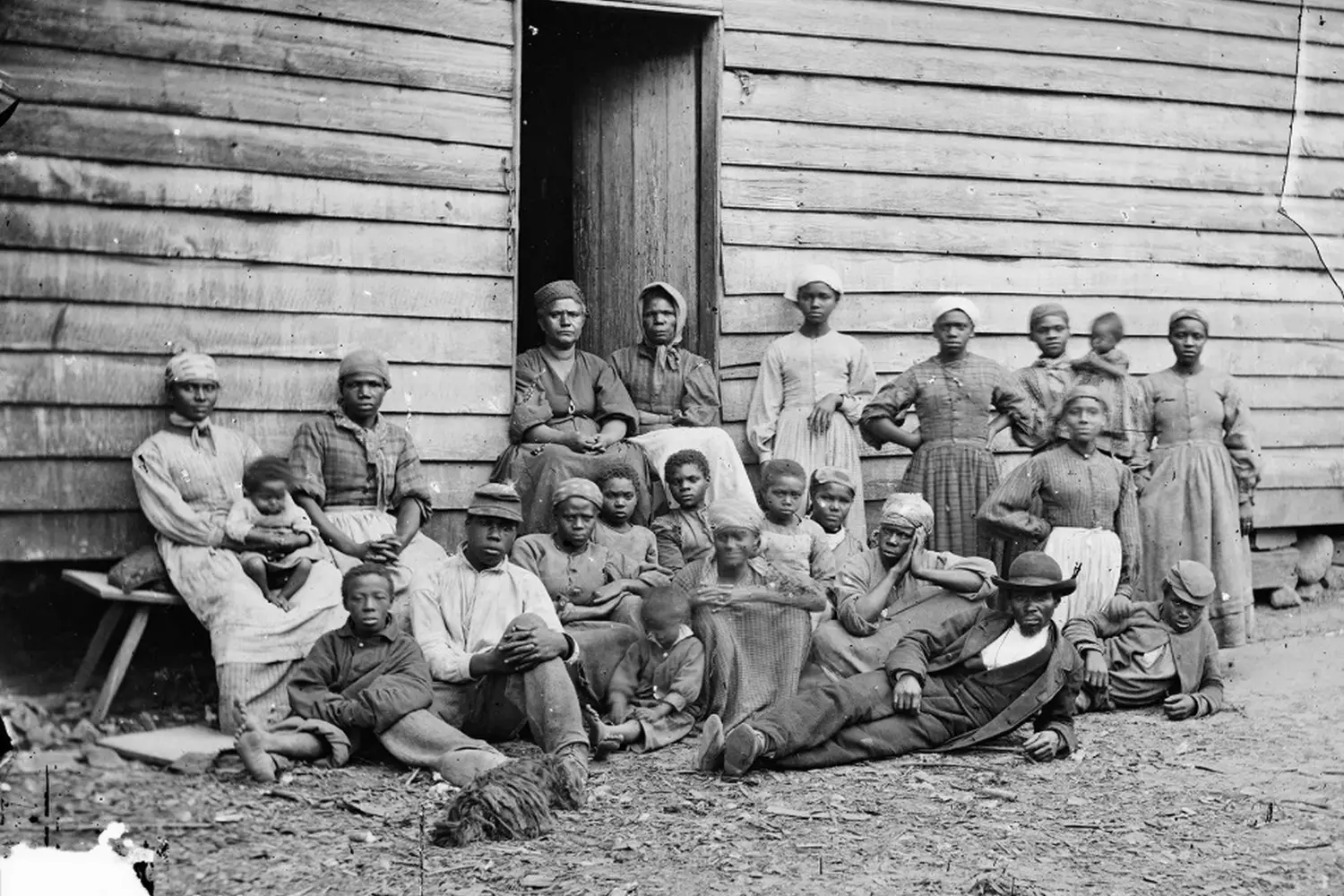
Slavery and the economy of the United States
The South became wealthy thanks to slave labor. The Cotton Belt refers to the region encompassing the states of Georgia, Alabama, Mississippi, Louisiana, South Carolina, and parts of Texas. These lands were fertile and had a warm climate, ideal for growing cotton — a crop that became the "white gold" of the American South. Cotton was the commodity that propelled the United States to the forefront of the global economy in the 19th century.
Slave owners invested their money not in technology but in purchasing people. A slave became an asset, a tool for enrichment. One strong, healthy man was worth between 800 and 1200 dollars by 19th-century standards — equivalent to $25,000–$40,000 in modern money. Women, especially young and capable of bearing children, were also highly valued, as they could "produce" new slaves. Children and the elderly were cheaper, but even they were seen as long-term investments.
The buying and selling process was brutal and inhumane. Slaves were auctioned off like livestock. Potential buyers would inspect their bodies, check their teeth, muscles, and inquire about their health and work capacity. Families were often separated: husbands and wives were sold to different states, children were torn away from their mothers. These sales typically took place at town markets or in specialized auction houses. Sometimes slaves were sold at auction to settle debts or by court order.
Interesting fact: In 1860, about 4 million African Americans were enslaved — making up more than 12% of the country's population at that time.
Cotton from the South was exported to Europe, primarily to England, where the textile industry was booming. As a result, the Southern states became crucial economic partners for the Old World. Despite growing pressure from abolitionists and the international community, the profitability of slavery could not convince slave owners to abandon it. Slavery generated billions — and the South was determined to fight for its preservation until the very end.
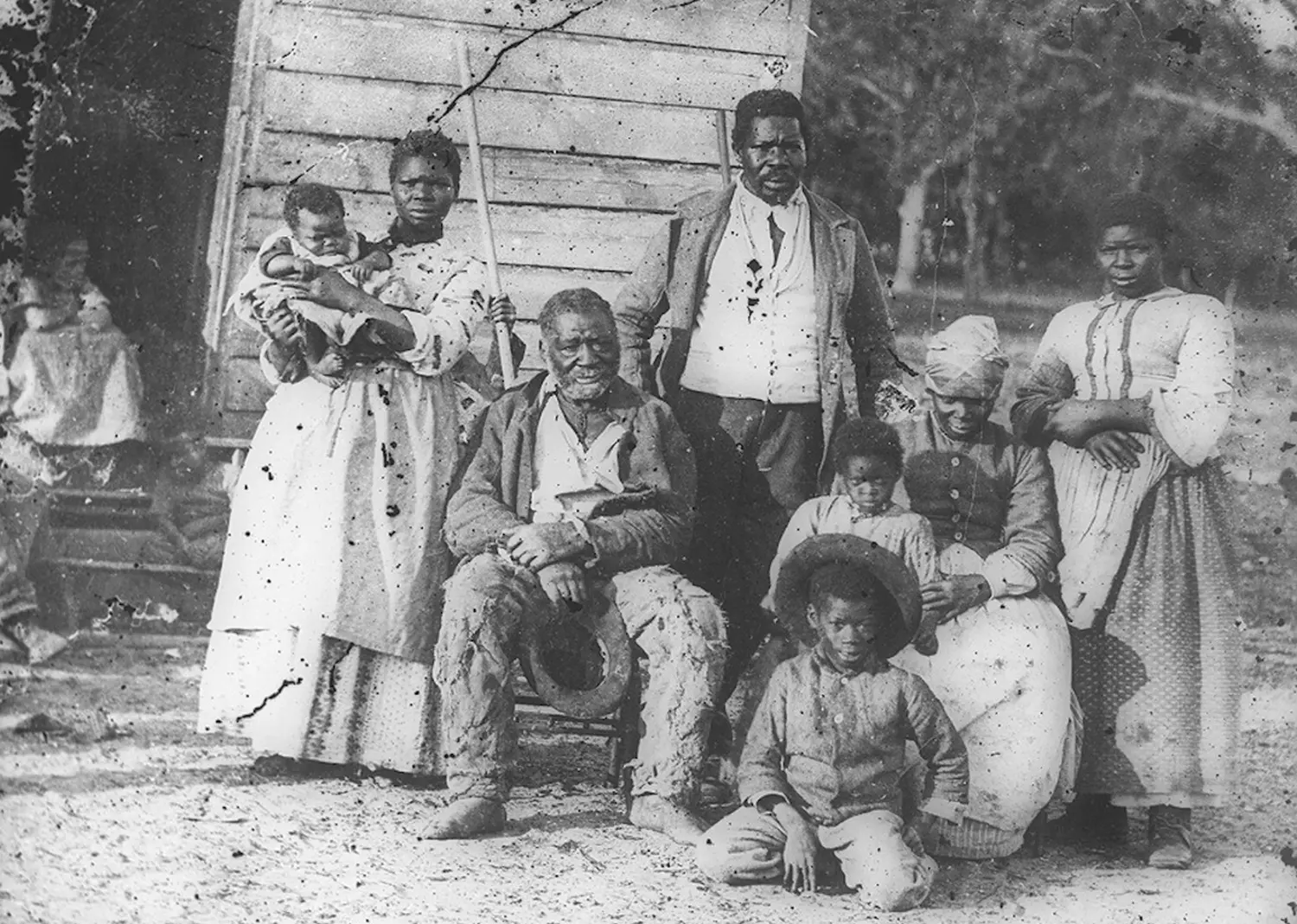
Life of Slaves in the USA: Daily Struggles and the Desire for Freedom
The life of enslaved people in the U.S., especially in the South, was not only an economic and social phenomenon but also a tragic reality in which individuals were deprived of the most basic rights, such as freedom of movement, personal safety, and the right to own property. Slavery, entrenched as a system of exploitation, was not limited to plantation labor alone. It was backbreaking, dehumanizing work that permeated every aspect of African Americans' lives, creating a system where enslaved people were viewed as property rather than human beings.
- 01. Slavery as a System: Labor and Control
The work performed by enslaved people depended on the economic sector they were forced into. On Southern plantations, where crops like cotton, tobacco, sugarcane, and rice were cultivated, enslaved laborers primarily engaged in agricultural work. Their tasks included tilling the soil, harvesting crops, tending to livestock, and other physically demanding labor. Enslaved people were often forced to work under brutal conditions, with grueling workdays — sometimes up to 16 hours a day, especially during harvest season.
In the homes of wealthy plantation owners, enslaved individuals worked as domestic servants: cooking, cleaning, laundering, and caring for children. Women, in addition to their usual domestic duties, were also subjected to sexual violence by their enslavers, further compounding their already oppressive circumstances. While house slaves often lived in slightly better conditions than field laborers, this did not change their status as property.
Plantation workers were subjected to extreme control. Slaveholders sought to dominate not only their labor but every aspect of their lives, denying them personal freedom and autonomy. Enslaved people were kept in a constant state of fear through physical punishments such as whipping, branding, or even execution. - 02. Social Relations: Family and Slave Culture
Although enslaved people were denied legal rights, they still sought to form families, which became a crucial part of their existence. Under slavery, African Americans struggled to preserve their humanity and identity despite inhumane conditions. Many fought to maintain familial bonds, even as they were frequently separated from loved ones.
Yet, life under slavery was not devoid of human emotions and connections. Enslaved people developed their own traditions, spiritual practices, and cultural expressions. Religion played a vital role in their lives. While white slaveholders attempted to control their religious practices, enslaved Africans often blended Christianity with African spiritual traditions, creating syncretic forms of religion. Churches became not only places of worship but also spaces for communal solidarity and covert resistance.
The hardships enslaved people endured could not extinguish their inner lives. In moments when material comforts were absent, they found solace in community, family ties, and mutual support. Despite relentless oppression, slave culture thrived through music, dance, storytelling, and songs — expressions of emotion, hope, and dreams of freedom. - 03. Education and Knowledge: The Ban on Learning
One of the most brutal aspects of U.S. slavery was the prohibition of education for enslaved people. Slaveowners feared that literate slaves would learn about their rights and organize revolts. Southern states enacted strict laws forbidding enslaved individuals from reading or writing. Violators faced corporal punishment or even execution. For slaves, acquiring knowledge became an act of defiance, especially when they secretly taught each other.
Despite these restrictions, some enslaved people managed to educate themselves. In maroon communities — hidden settlements of escaped slaves — knowledge was passed down, including basic literacy. Religious leaders played a key role, teaching not only spiritual lessons but also foundational reading and writing skills.
How Slaves Worked: Labor, Suffering, and Resistance
The labor of enslaved people in the U.S. was not only the primary source of wealth for slaveholders but also a manifestation of their complete loss of human freedom. Southern slavery functioned as an economic system built on unpaid labor, exploited in agriculture, domestic service, and even industry. Enslaved workers endured exhausting, relentless toil with little rest or personal autonomy. Yet, their labor became the foundation of the South’s wealth and the broader economy of the time.
- Plantation Labor: Harsh Conditions and Endless Days
Each day began at dawn and ended late at night, with workdays stretching up to 16 hours depending on the season. During cotton harvests, enslaved people labored nearly nonstop to process massive yields. Plantation owners enforced a rigid "gang system", leaving no room for personal freedom or rest.
Cotton picking was particularly brutal — done entirely by hand, it required immense physical effort. An enslaved person might harvest up to 100 pounds of cotton daily, requiring 12-14 hours of work. To maximize output, overseers used threats and violence to force faster labor, even at the cost of workers' health. - Domestic Servitude: Hidden Suffering
Not all enslaved people worked in fields. Many labored in plantation houses or urban households as cooks, maids, nannies, and general servants. Though less physically taxing than fieldwork, domestic slavery came with its own horrors.
Women in particular faced sexual violence from enslavers and other white men, compounding their oppression. Their duties extended beyond chores to childcare and nursing slaveholders' families — work that demanded constant availability. House slaves, though sometimes better fed and clothed, remained trapped under strict surveillance, denied personal lives or family stability. - Industrial Slavery: Urban and Mining Labor
While slavery was primarily agricultural, by the 19th century, it had spread to cities, where enslaved people worked in crafts, factories, shipyards, railroads, and mines. Northern industries also profited from enslaved labor indirectly, using slave-produced raw materials.
Industrial work was dangerous — enslaved laborers faced injuries, respiratory diseases, and deadly accidents. Yet they had no legal protections or means to protest their conditions. Urban slavery, though different from plantation life, was equally exploitative. - Physical and Psychological Violence: Cruel Punishments
Slaveholders maintained control through relentless violence. Whippings were common for minor infractions: working slowly, resisting, or even perceived laziness. Floggings often caused permanent injury or death, but punishments continued unabated.
Psychological terror was equally pervasive. Enslavers threatened to sell family members, used public auctions to humiliate, and employed constant surveillance to crush dissent. - Resistance: The Spirit of Freedom and Small Acts of Defiance
Despite unimaginable oppression, enslaved people resisted. Some engaged in covert sabotage — breaking tools, feigning illness, or working slowly. Others risked everything to escape North or to Canada via the Underground Railroad.
Harsh Reality and Unbroken Spirit
Daily life under slavery was marked by deprivation and violence, yet enslaved people preserved their humanity, culture, and relentless hope for freedom. Even without control over their destinies, they found ways to assert dignity, creating pockets of joy amid relentless cruelty.
- 01. Living Conditions of the Enslaved
Enslaved people were denied basic comforts. Most lived in cramped, poorly built shacks — often unheated, with dirt floors and straw bedding. These huts offered little protection from heat, cold, or disease, yet they became spaces where cultural traditions survived. - 02. Food and Survival: Scarcity and Ingenuity
Rations were meager — cornmeal, salt pork, and occasional vegetables — barely enough to sustain labor. Yet enslaved cooks and gardeners secretly supplemented diets with foraged foods, preserving culinary traditions. - 03. Family and Personal Life Under Bondage
Families were routinely torn apart by sales, but enslaved men and women still formed marriages and raised children. Secret ceremonies blended African and Christian rites, sustaining cultural identity against erasure.
Slave Culture and Beliefs: Resilience and Resistance
Despite relentless oppression, enslaved people forged a vibrant culture merging African traditions, Christianity, and survival strategies. This legacy endured beyond slavery, shaping African American identity for generations.
- 01. African Roots in Slave Culture
Music — especially work songs and spirituals — encoded messages of resistance. Dances and oral traditions preserved ancestral memories, fostering communal strength. - 02. Christianity Reimagined: A Path to Liberation
Enslaved believers reinterpreted Scripture, emphasizing the Exodus story as a metaphor for freedom. "Invisible" churches became hubs of planning and empowerment.
Slave Spiritual Beliefs: Magic, Charms, and Protection
Enslaved communities turned to mystical practices — rooted in African traditions — as tools of survival and resistance.
- Protective charms (made from roots, bones, or herbs) warded off harm.
- Conjure doctors healed injuries and guided escape attempts.
- Rituals like "conjure" (from the Kongo word "nkisi") blended spirituality with defiance, terrifying slaveholders who saw them as threats.
Thus, enslaved life in the U.S. was defined by suffering — but also by unyielding courage. Through culture, faith, and quiet rebellion, enslaved people laid the groundwork for future struggles toward freedom and equality.
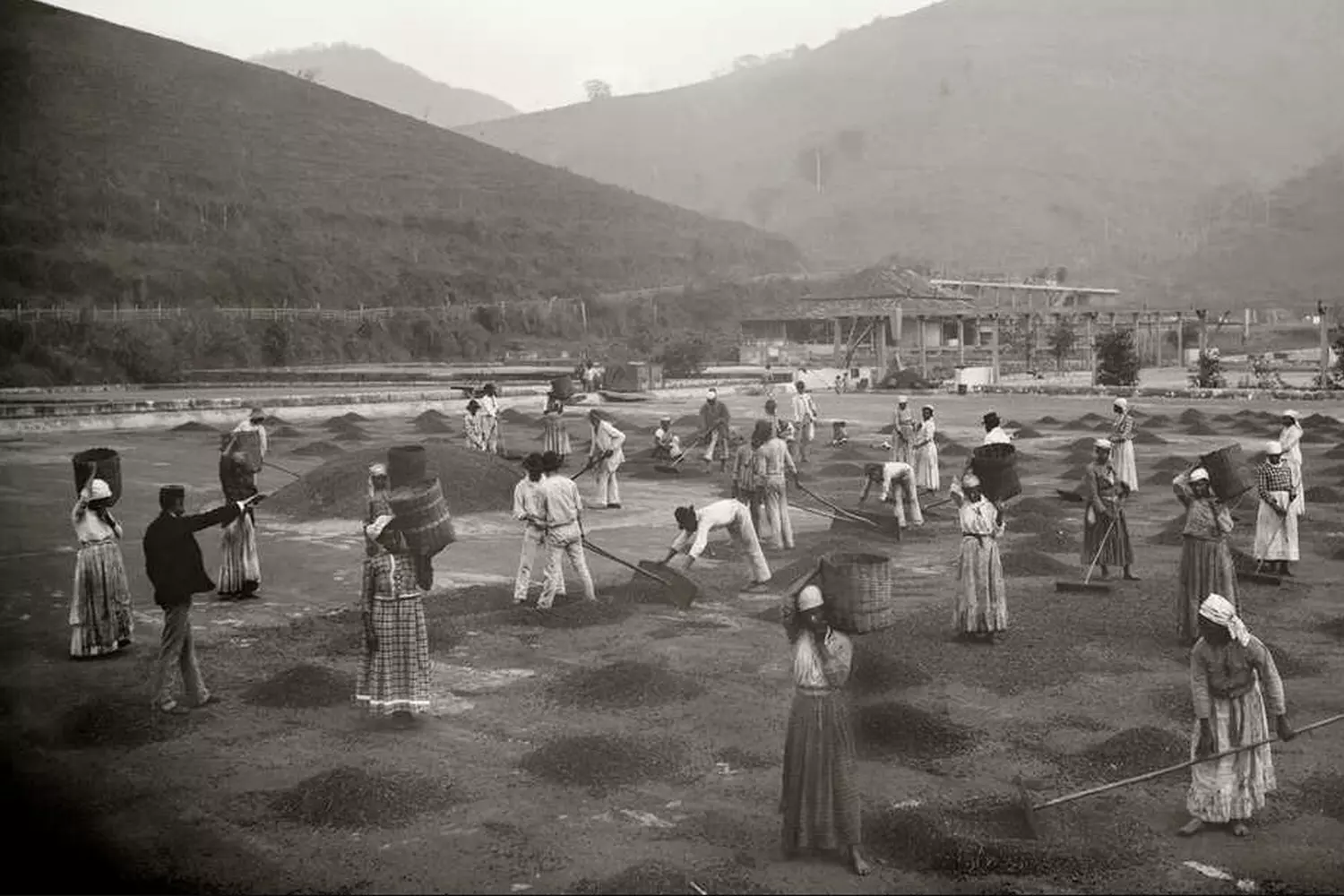
Abolitionism: the fight for the abolition of slavery
In the 19th century, the movement against slavery gained momentum. Its participants, known as abolitionists, actively fought for the abolition of slavery in all states. Among them were both white activists (such as William Lloyd Garrison) and former slaves, like Frederick Douglass. These individuals faced attacks, threats, and sometimes physical violence, but they continued their fight, driven by the ideals of justice and humanity. Forms of struggle included:
- Publications of newspapers and books (such as "Uncle Tom's Cabin" by Harriet Beecher Stowe) — a work that shocked public opinion and became a key factor in strengthening anti-war and anti-racist sentiments;
- Protests, rallies, and lectures — abolitionists spoke at meetings, organized public actions, and distributed propaganda materials;
- Assistance to runaway slaves through the "Underground Railroad" — a network of secret routes by which runaway slaves traveled to the North or to Canada with the help of sympathetic white and black activists;
- Financing legal assistance and defense in courts — some lawyers voluntarily defended captured runaway slaves, seeking to use legal precedents to undermine slavery laws;
- Creation of anti-slavery organizations and political movements — for example, the American Anti-Slavery Society, and later the Republican Party, which initially opposed the expansion of slavery into new territories.
One of the most famous figures was John Brown — a white radical who organized an armed raid at Harper's Ferry in 1859 with the aim of sparking a large-scale slave uprising. His actions provoked widespread public reaction and became a prelude to the Civil War.
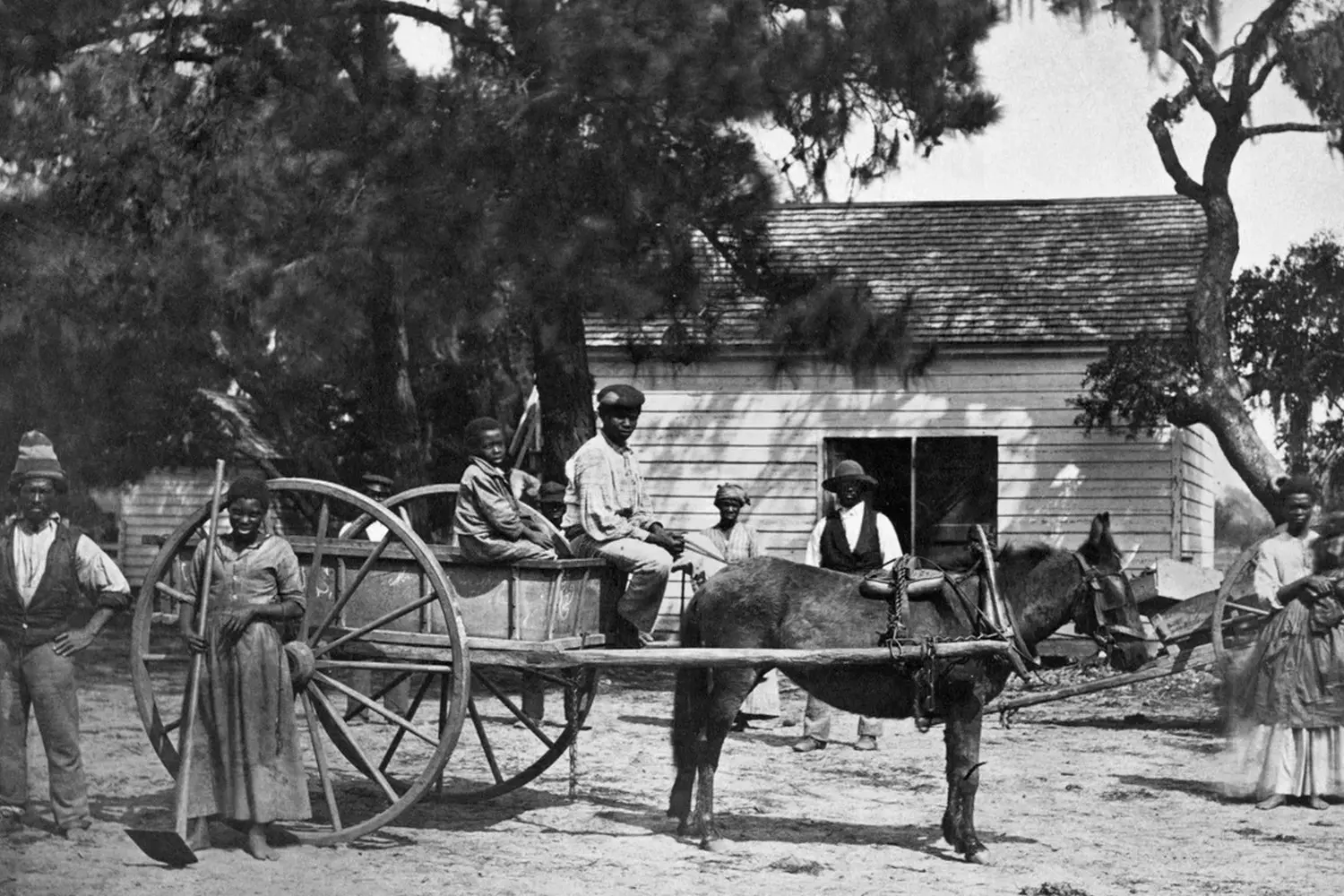
The Civil War and the Abolition of Slavery
The Civil War (1861–1865) between the North and South of the United States was not only a struggle for economic and political influence but also a fierce battle over moral principles. The cause of this conflict was slavery, which was the foundation of the Southern economy. Slave owners believed that their livelihood and profits could not be ensured without slave labor, while in the North, the fight for freedom and human rights was becoming increasingly relevant.
Key Events
- 01. Emancipation Proclamation (1863)
This decree by President Abraham Lincoln was a turning point in the war. It freed slaves in territories controlled by the Confederacy and also served as a signal for the mobilization of Black soldiers in the Union army. This not only changed the moral character of the war but also provided a legal foundation for abolitionism. - 02. 13th Amendment (1865)
This law finally freed slaves across the entire territory of the United States, abolishing slavery as an institution. However, although slavery was abolished, it did not immediately result in equality. Former slaves continued to face strong discrimination, poverty, and lack of rights, especially in the South, where many remained in difficult conditions.
After legal emancipation, African Americans faced a new system of oppression known as segregation. This was a continuation of social isolation and restrictions on rights, but in a more hidden, institutionalized form. Legislation such as the Jim Crow laws continued to support racial segregation in schools, transportation, public places, and workplaces. These laws officially entrenched racial inequality in society, making it impossible for African Americans to achieve equality with whites in social, economic, and political spheres.
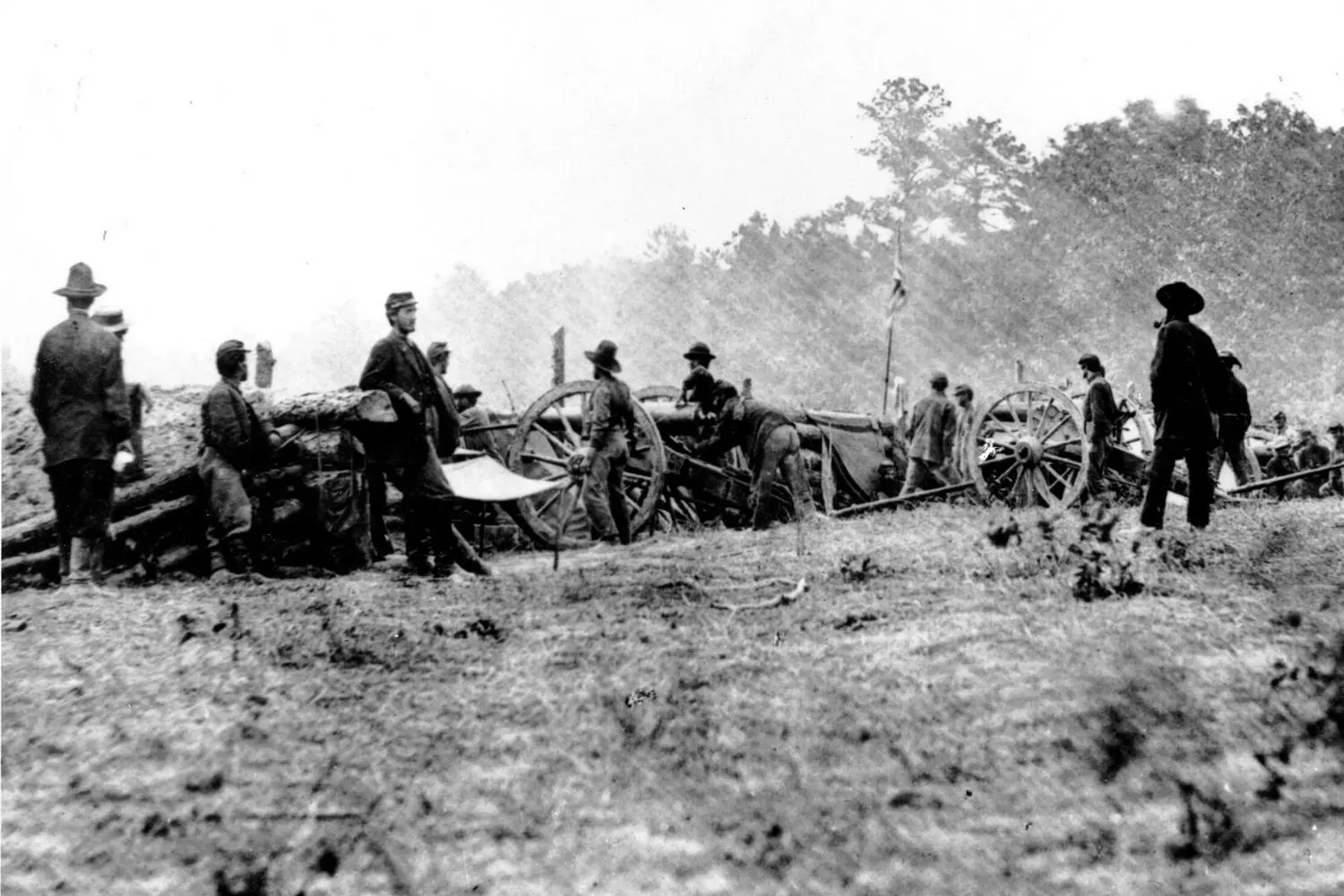
Consequences of Slavery: From the Past to the Present
After the abolition of slavery in 1865 and the ratification of the 13th Amendment to the U.S. Constitution, slaves were no longer considered property, but this did not mean that African Americans became fully equal citizens. The principles of white supremacy continued to persist in society for decades. Although slavery was legally abolished, social and economic barriers for Black Americans remained.
One of the most prominent examples of continued racial discrimination was the Jim Crow laws — a system of racial laws enacted in the late 19th century and enforced in most Southern states of the U.S. These laws mandated segregation of African Americans in public places, schools, transportation, and the workforce. Black people faced legal and social restrictions that relegated them to a second-class status in society despite their legal freedom.
After the abolition of slavery, African Americans still did not have equal rights with whites. The restrictions applied to crucial aspects of life, such as the right to vote, access to education, housing, and healthcare. Under these conditions, Black Americans continued to fight for their rights.
The Ku Klux Klan and Lynching Courts: The Shadow of Violence and Racial Hatred
The Ku Klux Klan (KKK) and lynching courts became symbols of racial terror and violence in the U.S. after the Civil War and the abolition of slavery. These phenomena played a major role in maintaining the system of white domination and suppressing the rights of African Americans in the postwar period. Initially founded as a secret terrorist society, the Klan and lynchings became a real instrument of fear, violence, and racial segregation, defining the lives of Black Americans for many decades.
- 01. Origin of the Ku Klux Klan
The Ku Klux Klan was founded in 1865 in Tennessee by a group of former Confederates — soldiers and officers from the South — who could not come to terms with their defeat in the Civil War and the consequences of Reconstruction, including the abolition of slavery. Initially, the Klan was organized as a social club, but over time it evolved into an armed group aimed at undermining the power of the U.S. government and intimidating African Americans to prevent them from gaining political rights and civil liberties.
From the moment of its inception, the KKK began using violence and intimidation against African Americans, as well as those whites who supported their rights. The Klan’s targets included former slaves, abolitionists, Northerners, and progressive Southerners, who were labeled “sympathizers” of Black people. - 02. Methods of the Klan
The Ku Klux Klan used a wide range of violent and terroristic methods to establish white supremacy. These included:
- Threats and Intimidation
Klan members would carry out nighttime raids, deface the homes of African Americans, and leave threats on their doors, forcing people to live in fear for their lives. - Arson
Homes, schools, and churches belonging to Black Americans were frequently targeted for arson. - Physical Violence
The KKK engaged in public beatings, torture, and killings for intimidation purposes. This also included mass shootings, hangings, and burnings at the stake.
Special attention must be paid to public executions, such as burning people alive, which the Klan organized not only to punish “enemies” but to demonstrate their power and strength. These acts of violence often occurred in front of a crowd, who viewed them as entertainment or a means of maintaining order.
- 03. Lynching Courts: Illegal Executions and Racial Revenge
Lynching courts were another horrific aspect of racial violence in postwar America. Lynchings typically occurred when Black men or women were accused of crimes, often based on false or exaggerated charges. These crimes usually involved white people, whether in random altercations or minor violations of social order. Racism and bias in the judicial system meant that African Americans rarely received a fair trial. The lynching process usually involved:
- Illegal Executions
Lynchings often involved public executions of individuals accused of crimes without formal investigation or trial. Members of a mob, often masked or hooded, would drag the alleged criminals from police stations or their homes and then execute them. - Burning and Hanging
The victims of lynching were most often hanged from trees, burned alive, or subjected to other brutal forms of execution. This was done publicly to intimidate the local Black population and to demonstrate the power of white authorities. - Desecration of Bodies
Often after a lynching, the body of the deceased would be left on display for the public, allowing white members of society to photograph themselves next to the body, further emphasizing the inferior, contemptible status of African Americans in the eyes of whites.
Although the Ku Klux Klan officially disbanded in the 1870s, it was revived in the early 20th century amid economic and social changes in the country. The revival of the KKK in 1915 was a response to the rise of the civil rights movement and other social changes such as immigration and urbanization.
At this time, the Klan expanded its activities, covering new regions, and began to actively influence politics. Lynching continued in Southern states, and even in some parts of the North, although it gradually became the subject of public condemnation.
The Ku Klux Klan and lynching courts left an indelible mark on U.S. history. These acts of violence and intimidation not only terrorized African Americans but also helped spread racial segregation and bias throughout society. This historical legacy continues to impact racial relations in the country, despite the long struggle for Black Americans' rights and the passage of laws aimed at ending racial discrimination.
Today, the Ku Klux Klan remains one of the most prominent symbols of racial hatred in the U.S., despite attempts to marginalize it. However, its activity in history shows how deeply racism was entrenched in society and how difficult it has been to break free from this legacy.
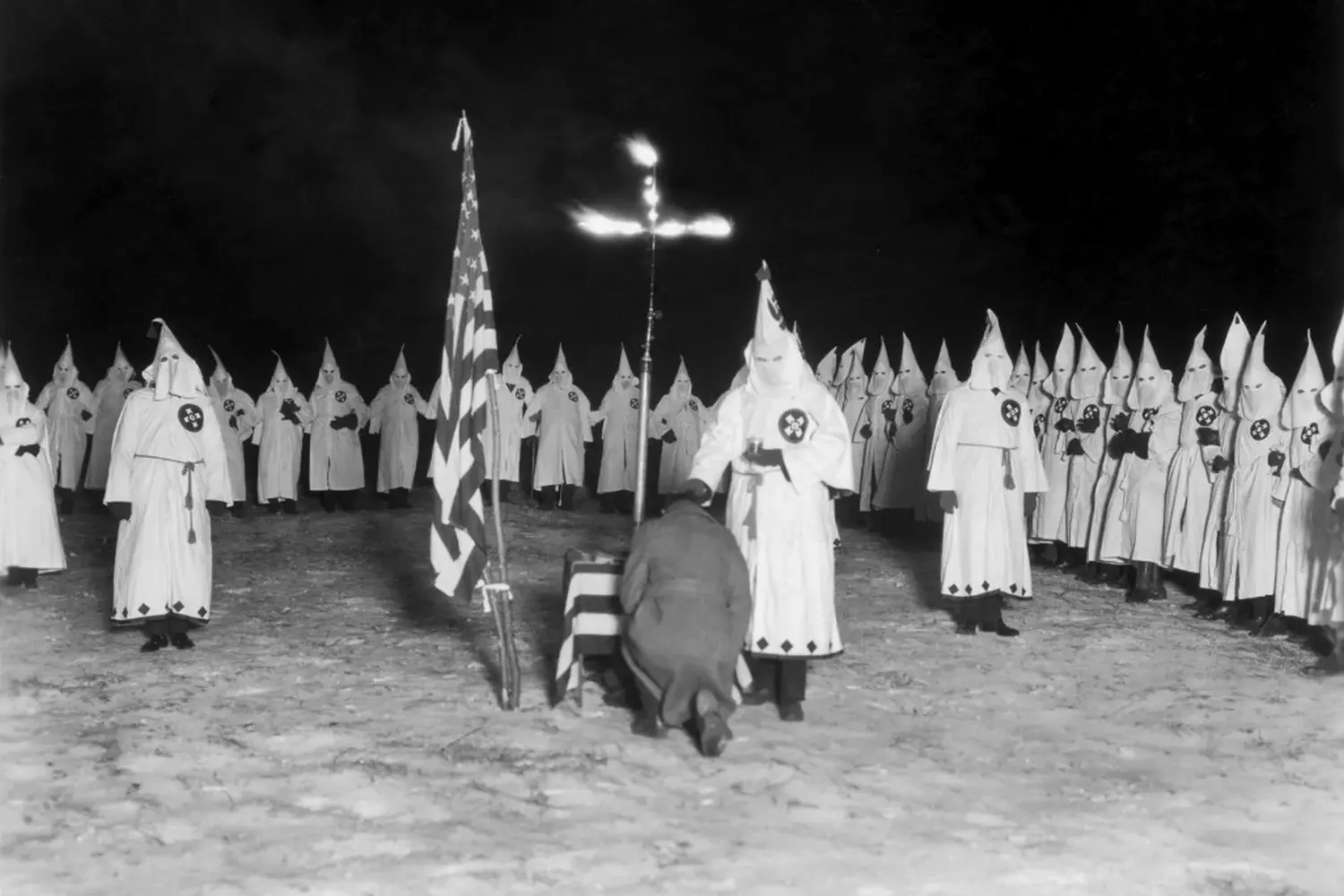
Segregation in the 20th Century and the Struggle for Equality
Segregation, or racial separation, became one of the most prominent and tragic features of the social structure of the United States in the late 19th and early 20th centuries. During this period, African Americans were forced to live in strict isolation from the white population. In the South, in particular, the "Jim Crow" laws were adopted, which became the foundation of institutionalized racial discrimination. These laws stipulated that white and black people must use separate public facilities — from schools and hospitals to restaurants and restrooms. They also limited the rights of African Americans in areas such as elections, education, labor relations, and housing policy.
Many southern states enacted discriminatory voting laws, such as literacy tests, poll taxes, and registration requirements, which effectively excluded African Americans from participating in elections. Even in states where there were no formal segregation laws, African Americans faced social barriers, and whites preferred to avoid contact with them, maintaining unwritten restrictions.
Protests and Movements for African American Rights
Segregation and discrimination became central themes for the struggle and protests. However, this struggle would not have been successful without powerful human rights movements and activists who were willing to risk their lives and freedom for change. One of the first significant steps in the fight for equality came in the 1920s, when African Americans began to actively assert their rights. One of the most prominent figures of this time was Marcus Garvey, the founder and leader of the Universal Negro Improvement Association, who called for African Americans to seek independence and celebrate their culture.
However, organized mass protests that actively impacted public consciousness and the authorities did not become a reality until the mid-20th century. In the 1950s and 1960s, against a historical backdrop that did not spare African Americans, the civil rights movement emerged — one of the most influential movements in U.S. history.
The most important symbol of the struggle for African American rights became Martin Luther King — a preacher, equality advocate, and proponent of peaceful protest. His famous phrase "I have a dream" from the speech delivered in 1963 at the March on Washington became the slogan for the civil rights struggle. King and other leaders of the civil rights movement sought to end Jim Crow laws, improve access to education, labor rights, and political activity for African Americans.
One of the key events in this process was the Civil Rights Act of 1964, which prohibited discrimination based on race, color, religion, and sex in both the private and public sectors. The law was a response to waves of protests, demonstrations, and actions that became more widespread and determined each year.
In 1965, the Voting Rights Act was passed, which eliminated many restrictions preventing African Americans from voting. These steps significantly improved the status of black Americans in public life, although the struggle for full equality continued.
Interestingly, women often played a key role in the fight for African American rights. They became active participants in the civil rights movement, and often the burden of organizing efforts rested on their shoulders. Rosa Parks, the woman who refused to give up her seat to a white passenger on a bus in 1955, became one of the first symbolic figures in the fight for black rights. This event led to the Montgomery Bus Boycott, which lasted for over a year and became one of the most important milestones in the civil rights movement.
Furthermore, throughout the 1960s, new activists and organizations emerged, such as the Black Panthers, who fought not only for the rights of African Americans but also for social and economic equality.
The Black Panthers: Movement for Rights and Revolution
The Black Panthers were not just an organization, but a revolutionary force that drew the attention of all of America in the 1960s. The Black Panther, as a symbol, became the embodiment of the fight for the rights of African Americans, against racial inequality, and brutal police repression. Although the organization emerged as a response to violence and the oppression of African Americans, it became a much broader movement touching on political, social, and cultural issues.
The Black Panthers were founded in October 1966 by two young African Americans, Bobby Seale and Huey Newton, in Oakland, California. The organization was created as a response to rising police brutality towards blacks and systemic racial inequality. Unlike more peaceful movements such as the civil rights movement, the Black Panthers were ready to use weapons for self-defense and to protect their communities from police violence.
The philosophy of the Black Panthers was based on principles of self-defense, social justice, and political activism. The organization conducted armed patrols of the streets, where clashes between the police and African Americans occurred, and this attracted significant attention both within the country and abroad.
One of the most notable features of the Black Panthers was that they not only fought for civil rights but also actively engaged in social and economic issues. The organization launched various assistance programs for local black communities:
- Free food programs for children in poor neighborhoods;
- Medical clinics for African Americans, providing medical care regardless of financial status;
- Educational programs teaching African Americans how to defend their rights and be active in political life.
Modern Struggle for Equality: The Legacy of the Past
The civil rights movement of the 1960s left a deep mark on American culture and public consciousness. However, despite the legal equality achieved in the 1960s and 1970s, the problems of segregation and racism did not disappear. Many African Americans still face limited opportunities in education, healthcare, employment, and safety.
Modern movements for black rights, such as Black Lives Matter, aim not only to end violence against black citizens but also to draw attention to issues of racial discrimination in the economy, police actions, and the justice system. Today, despite the enactment of historically significant laws, problems such as income inequality, police violence, and lack of opportunities for African Americans remain pressing, and the struggle for full equality in the U.S. continues.
Segregation in the 20th century and the struggle for civil rights shaped major stages in the development of American society. The movement for equality and protests, such as the actions of Martin Luther King, boycotts, and political campaigns, not only changed laws but also created a foundation for future generations of activists and leaders. Issues of racial inequality, of course, did not disappear, but the fight for justice continues to evolve, making culture and society more aware and ready for change.
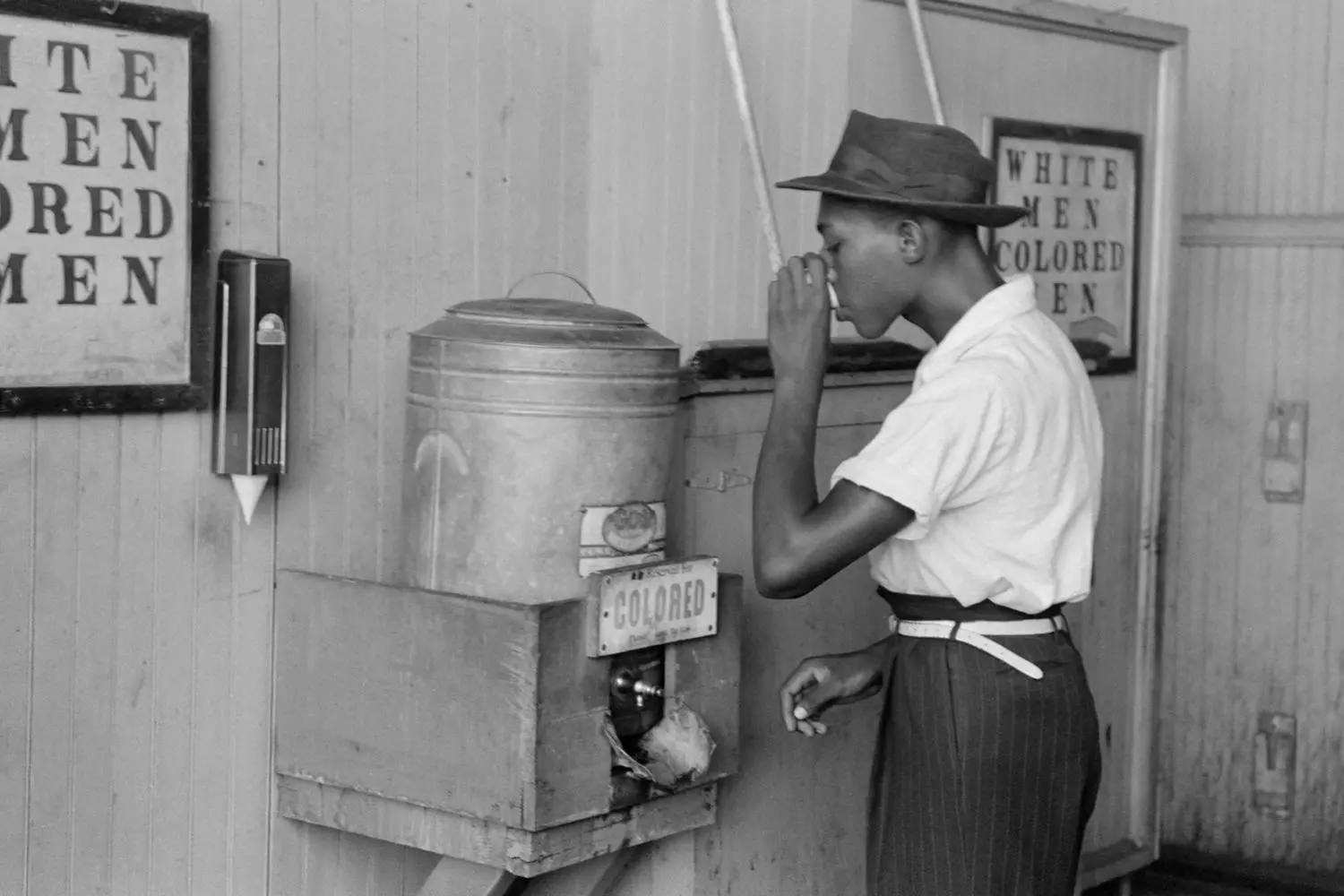
How Slavery Affects the Perception of America Today
Slavery in the United States was officially abolished over 150 years ago, yet its consequences continue to affect society today. The echoes of slavery can be felt in various aspects of life, from social and economic issues to cultural and political challenges. Even decades after the Civil War ended, many aspects of the country’s social and racial structure remain closely tied to this dark chapter in its history.
- 01. Racial Inequality and Poverty
One of the most prominent legacies of slavery is racial inequality, which is still deeply ingrained in American society. African Americans, despite gaining legal freedom, continue to face high poverty rates, low incomes, limited education, and restricted access to quality healthcare. The economic disparities resulting from the legacy of slavery continue to have consequences: many African Americans still live in underserved areas with poor infrastructure and limited job opportunities.
Research shows that African Americans still earn significantly lower wages than their white counterparts and experience high unemployment rates. Furthermore, access to education and healthcare opportunities often remains limited. Thus, generation after generation, from those freed after the Civil War to the present day, racial inequality continues to persist in economic spheres. - 02. Stereotypes and Cultural Barriers
Slavery gave rise to numerous stereotypes that continue to influence the perception of African Americans both in the U.S. and abroad. Common stereotypes portray Black people as "lazy" or "incapable" of intellectual work. These stereotypes were actively reinforced in public consciousness for centuries, justifying the exploitation and oppression of African Americans.
Today, these stereotypes still permeate popular culture. Despite the success of individual African Americans in various fields such as politics, sports, or arts, racial biases and prejudices remain prevalent. This is especially noticeable in media and cinema, where African Americans are often depicted through stereotypes as criminals, impoverished, or of low social status. These portrayals shape public perception, which, in turn, complicates the fight for equality and respect. - 03. Police Brutality and the Black Rights Movement
Police brutality against African Americans is one of the most prominent contemporary issues that are echoes of slavery. The history of police brutality in the U.S. has deep roots, stretching back to colonial times and the slavery period, when African Americans were viewed as property rather than full citizens. Today, this is manifested in the disproportionately high levels of police violence against Black Americans. - 04. Segregation and Inequality in Education
Another important aspect of the echoes of slavery is the problem of segregation and inequality in education. While U.S. legislation changed and abolished racial segregation in schools, the real consequences of this practice are still felt today. African Americans continue to face unequal access to quality education, especially in impoverished areas where schools lack proper funding.
Segregation in public schools and universities, although no longer official policy, still persists in terms of social and economic isolation. Black students often attend schools where resources and support are lacking, which reduces their opportunities for career advancement and personal development. - 05. Economic Inequality and Modern Forms of Slavery
The impact of slavery is also reflected in modern forms of economic inequality. Despite the abolition of slavery, numerous initiatives and programs aimed at helping African Americans often fail to deliver the expected results. Poverty and discrimination in the workforce remain significant issues.
Many Black Americans find themselves in debt dependency, entering contracts with labor agencies that often resemble exploitation. This situation creates modern "slave" labor, where people, especially from marginalized groups, find themselves in difficult economic and social conditions, essentially repeating the fate of slaves in the 19th century. - 06. Memorializing Slavery: Museums and Monuments
The echoes of slavery are also visible in the modern cultural life of the U.S. An important part of national self-awareness and understanding of history has become the memorialization and education efforts. Numerous museums and monuments dedicated to the historical legacy of slavery have been established across the country. One example is the National Museum of African American History and Culture in Washington, which highlights the history of slavery and the struggle of African Americans for freedom and rights.
Such institutions and events help to form an understanding that past mistakes cannot be forgotten but should be recognized and analyzed to prevent their recurrence. These efforts contribute to the long-term process of overcoming the consequences of slavery and fighting for social equality.
Slavery in Modern Culture: From Legacy to Reflection
The topic of slavery in the U.S. and its consequences continues to have a significant impact on contemporary culture, becoming an important part of discussions in art, cinema, music, literature, and science. Slavery, as a phenomenon, is always tied to issues of racial identity, social justice, and the struggle for human rights, and these topics remain relevant today. In modern works of art, slavery often serves as a mirror for reflecting current societal issues, provoking deep and sometimes painful reflections on how historical legacies continue to live on in culture.
- 01. Slavery in Film and Television Shows
Modern cinema and television, seeking to shed light on the truth of the past, increasingly turn to the subject of slavery. This not only helps restore historical justice but also offers a fresh perspective on its consequences. Notable films such as "12 Years a Slave" (2013), which tells the story of Solomon Northup—a free Black man unlawfully sold into slavery, or "Django Unchained" (2012) by Quentin Tarantino, offer audiences an emotional experience of the brutal realities faced by people forced to live under slavery.
Films about slavery also play a role in shaping mass consciousness, providing an opportunity to rethink the theory of racial injustice and drawing attention to the importance of social activism. These films often act as a form of catharsis, not only breaking down myths about the past but also helping people come to terms with the long shadows of historical injustice. - 02. Literature and Slavery
Literary works also frequently address the topic of slavery, not only recounting the events of the past but also critiquing modern society. "Uncle Tom's Cabin" by Harriet Beecher Stowe, written in the mid-19th century, remains a cult classic, with the author using it to fight against the system of slavery. This work made a significant contribution to the abolitionist movement in the U.S., and it remains an important cultural artifact, demonstrating how literature can influence social movements.
Contemporary authors, such as Toni Morrison ("Beloved") and Colson Whitehead ("The Underground Railroad"), continue to raise issues of slavery, using their works to analyze post-slavery society and its structural problems. Morrison’s works, in particular, explore the psycho-emotional trauma experienced by African Americans due to historical oppression, offering readers a perspective on slavery through family stories and personal experiences. - 03. Music and Slavery: Legacy and Protest
Music has always been an important tool for expressing emotions, and in the context of slavery, it became a powerful weapon in the struggle for freedom. Spirituals sung by slaves became symbols of the fight for liberation and survival. Many of these songs carried hidden meanings and were used for communication among slaves, such as "Swing Low, Sweet Chariot", which, according to some accounts, might also signal a path to freedom.
Today, music continues to be an essential medium for discussing and reflecting on slavery and its consequences. Contemporary artists like Kendrick Lamar, Beyoncé, and Jay-Z use their music to address issues of racial inequality and social justice, continuing to draw attention to the historical and cultural repercussions of slavery. Songs like "Formation" by Beyoncé or "The Blacker the Berry" by Kendrick Lamar discuss the impact of slavery’s history on current racial identity and social struggles.
Slavery, as a cultural phenomenon, is increasingly associated with the fight for equality and justice, influencing new generations in the quest for truth and social harmony. Slavery not only left its marks on history but continues to affect modern culture, forcing society to confront questions of justice, equality, and the right to freedom.
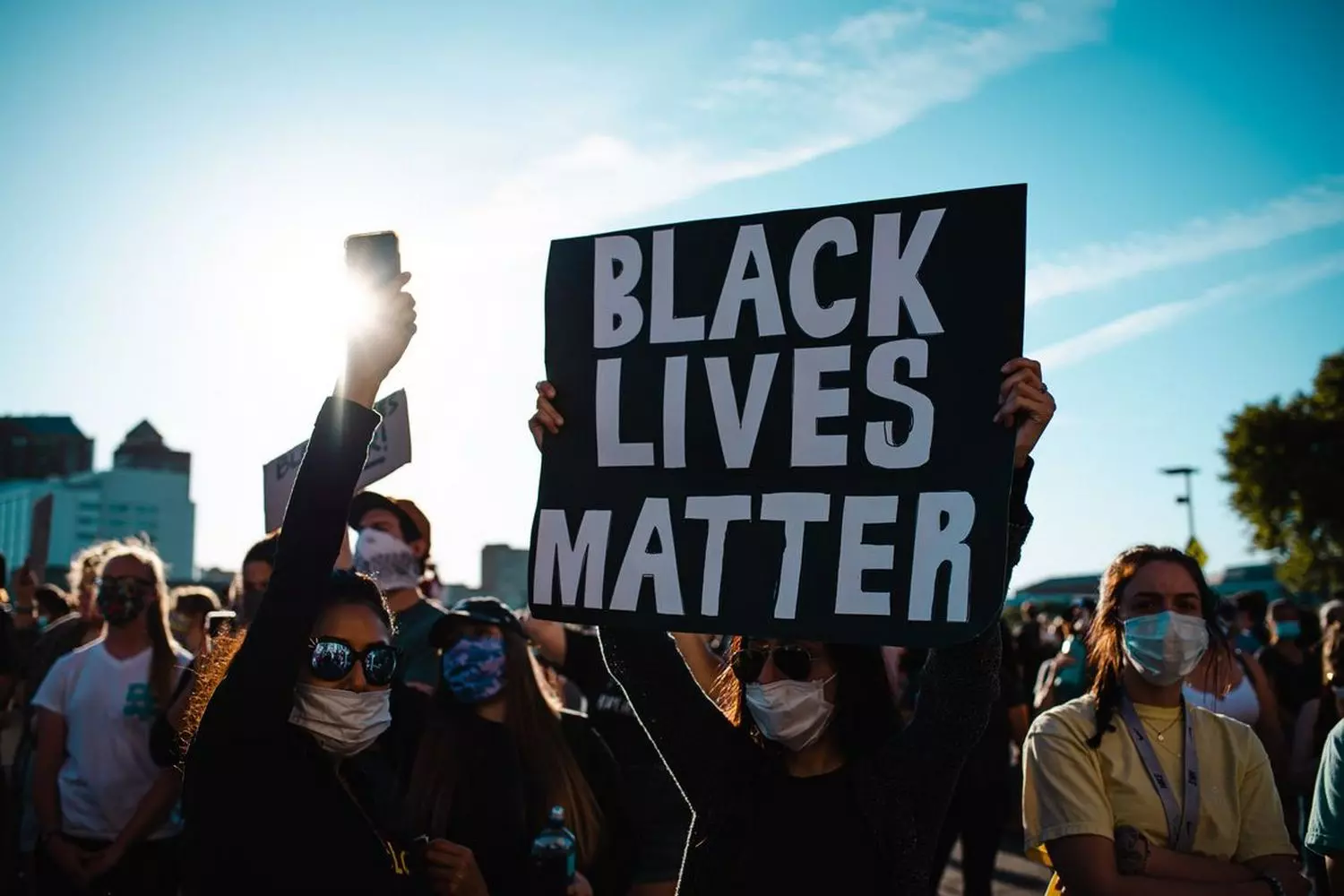
Several shocking facts about slavery that you won’t find in textbooks
Slavery in the United States is not just a page in history, but a deep scar that continues to impact American society today. We know about the Civil War and the abolition of slavery, but behind the dry dates lie cruel, absurd, and little-known details. Why did Mississippi formally abolish slavery only in 2013? How did free Black people become slave owners themselves? And is it true that slaves were worth more than all the industry in the U.S.?
- 01. Harsh Living Conditions
The life expectancy of a slave on cotton plantations was only 6-7 years due to the unbearable working conditions. - 02. Slavery as Property
In the Virginia slave code, slaves were considered personal property. The prices of slaves were influenced by cotton prices and their productivity. - 03. Free Black Slave Owners
There were free Black people who owned slaves. For example, Anthony Johnson in the 1650s became the first legal slave owner with court permission for lifelong ownership of a servant. By 1830, about 3,375 free Black people owned 12,760 slaves. - 04. Native American Slave Owners
Some Native American tribes, especially the Cherokees, Creeks, and Choctaws, owned thousands of Black slaves. By the 1830s, the Cherokees owned about 1,500 slaves. - 05. White Slaves in America
Before the mass importation of Africans, white slaves — mainly Irish, Scottish, and English poor people — were used for labor. They were sold alongside Black slaves, and their living conditions were similarly harsh. For example, in 1672, the price of a white slave was 10 pounds, while a Black slave cost 25 pounds. - 06. Mississippi Ratified the Abolition of Slavery Only in 2013
Although the 13th Amendment, which abolished slavery, was passed in 1865, Mississippi officially ratified it only in 2013 due to a bureaucratic error. - 07. Different Bibles for Whites and Blacks
Even after the abolition of slavery, segregation remained in all spheres. In courts, for example, separate Bibles were used for oaths — one for whites, another for Blacks. - 08. "Scientific" Justification of Slavery
In the 1850s, American doctors developed a pseudoscientific diagnosis of "drapetomania" — "the disease of running away in slaves." They claimed that the desire for freedom was a mental disorder that required treatment. - 09. Slave-Owner Presidents
12 out of the first 18 U.S. presidents were slave owners, including Washington (123 slaves), Jefferson (600+), and James Madison (100+). Only John Adams and his son never owned slaves. - 10. Slave Insurance
Slave owners insured their "property" against escape and injury. The New Orleans Insurance Company in 1856 charged 5% of a slave's value for insurance. - 11. Brutal Entertainment
In Louisiana, there was a "sport" — slave hunting. For $100, you could get a license to pursue a "runaway negro" with dogs. - 12. Slave Inventors
Despite restrictions, slaves created useful inventions. Ned Covet of South Carolina developed a revolutionary method of rice cleaning, but his master patented the invention. - 13. "Money with Moustaches"
In 1830s Texas, due to a shortage of currency, promissory notes for slaves were used as a means of payment. These notes read: "I promise to pay the bearer one healthy negro." - 14. Secret Codes in Spirituals
Slave religious songs contained hidden messages. For example, "Wade in the Water" warned runaway slaves to go through the water to throw off dogs on their trail. - 15. Slaves in the White House
Until 1862, all U.S. presidents employed slaves to serve at the White House. The last was Paul Jennings, Madison's slave, who wrote the first memoirs about life in the residence.
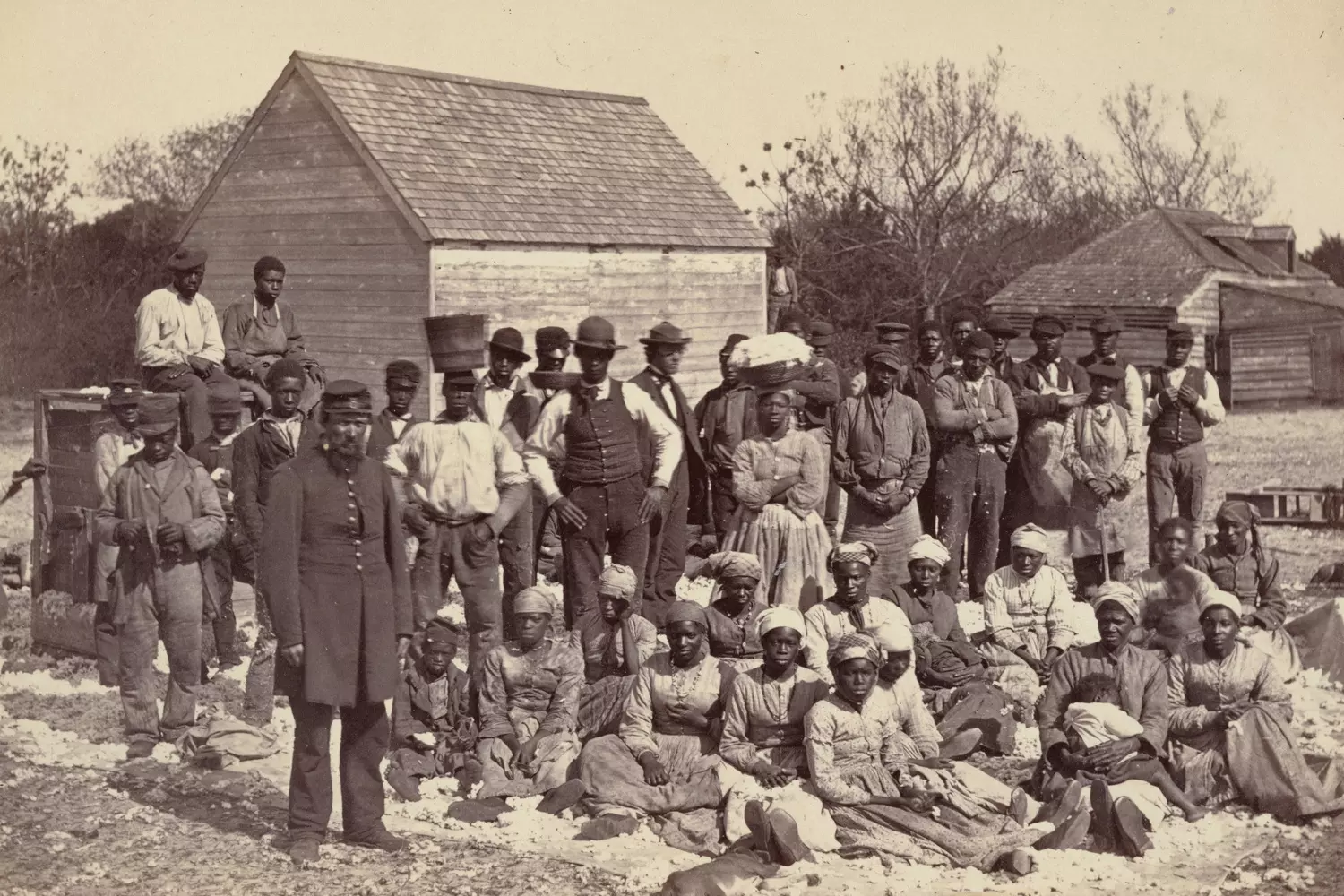
Understand America deeper with American Butler
The history of slavery in the United States is not just a tragic episode — it's the key to understanding American culture and politics as a whole. Only by acknowledging and learning from this past can we truly grasp the meaning of freedom, equality, and the ongoing fight for justice.
If you want to dive into the real, deep, and honest America — book a tour with American Butler. We'll help you walk in the footsteps of history, visit the places where the fate of millions was decided, and feel the magnitude of events that still shape American society today.














